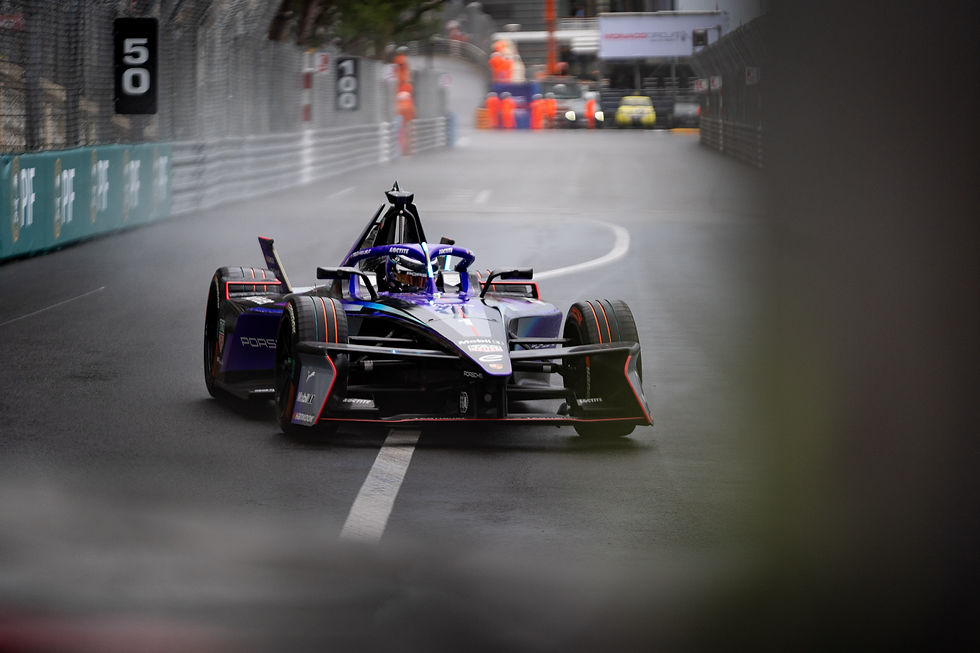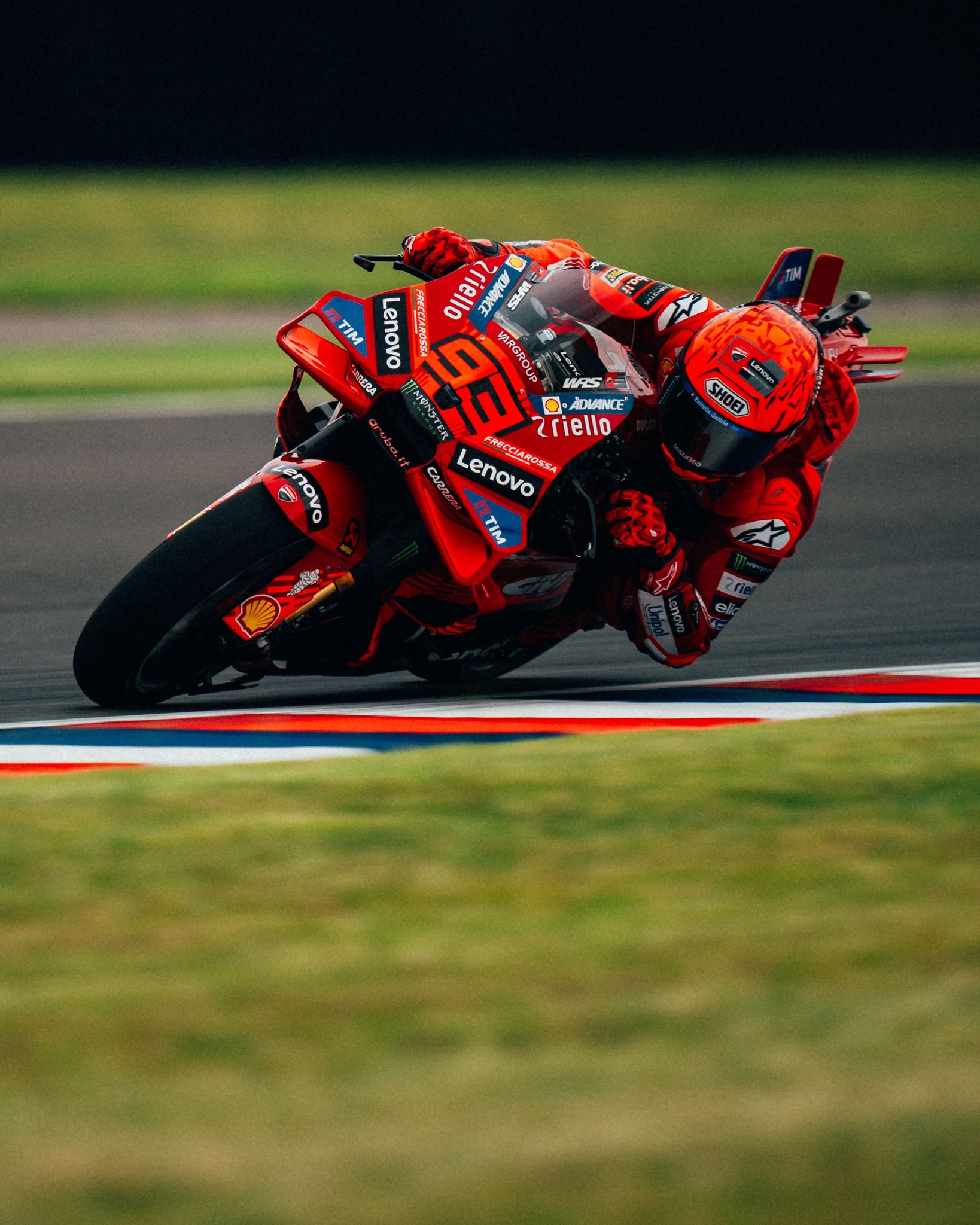Remembering Jochen Rindt: F1’s only posthumous champion
- Tarun Suresh

- Apr 18
- 6 min read
Written by Tarun Suresh, Edited by Meghana Sree

Karl Jochen Rindt, before entering Formula One, was known for his rather dangerous driving style. In fact, he was black-flagged in his first ever race, one held at the Zeltweg Airway.
Even before he started racing, he had a knack for flinging his cars around the streets of Austria, which often had him pitting heads against law enforcement officials. He also almost ran over a teacher with a motorcycle in an incident that would have him expelled from the school.
Three years and a successful Formula Junior season later, he found himself racing in the 1964 Formula 2 Season. He sent the press into a frenzy in only his second F2 race, beating home hero Graham Hill to the win in England.
That year, would get signed for a one-off race for his home Grand Prix in Austria. He retired midway through the race. He went back to racing in F2, and like most drivers at that time, he continued to race F2 cars even after he became a full-time F1 driver. In his F2 career, he bagged 29 wins, earning himself the nickname “the King of F2.”
In 1965, he signed a three-year contract with the uncompetitive Cooper Car Company, partnering Bruce McLaren. He would only finish five of the ten races that season. His first points finish came at the German Grand Prix, where he finished fourth.
Only one more points finish at the American Grand Prix meant he finished the season with just four points to his name and thirteenth in the championship.

While the 1965 F1 season was nothing to write home about, he had a tremendous race at Le Mans. He raced for the North American Racing Team, a privateer which ran the Ferrari 250 LM, partnered by Masten Gregory. Rindt deemed the car so uncompetitive that he was hoping his race would end as early as possible.
Midway through the race, the engine partially failed, with only six of the twelve cylinders being fully functioning. Rindt believed this was the end of their race and ditched his race suit for civilian suits, only for the engineers to get the car up and running thirty minutes later.
After a night and a day of what Jacky Ickx described as Rindt and Gregory “driving like maniacs,” the duo had somehow managed an unexpected victory.
He drove the 24 Hours of Le Mans four times in his career, but only managed to finish the race once. That one time being his maiden win at the historic race.

The 1966 F1 season was much more successful than his first. He got his maiden podium at the Belgium Grand Prix, finishing second after trading blows with his teammate John Surtees for the win in a chaotic wet race.
He clinched two more podiums at the German and American Grands Prix and finished third in the standings ahead of the likes of Hill, Jim Clark and Jackie Stewart.
That season also had an exciting finish at the Italian Grand Prix, where one of Rindt’s front tires deflated at the exit of the final corner and he spun his way to a fourth-place finish.
The following season saw him return to thirteenth in the standings as he only finished two races out of eleven.
The next year, he left Cooper to join the reigning champions, Brabham. However, the issues he faced at Cooper followed him. He once again finished only two races, but managed to get third-place finishes in the two races he did finish.

For the 1969 season, Rindt was uncertain about taking up an offer from Lotus. Lotus made the quickest cars, but they were as unreliable as they were quick. He hesitantly took up the offer from Lotus, in a move he considered “purely business,” remarking: “At Lotus, I either become World Champion or I die.”
His hesitancy would be proven right as both he and teammate Hill retired in his first Grand Prix for the team due to the wings on their car breaking off. The incident took the eye of one marshal and left another with a broken foot.
This incident left him furious at team owner Colin Chapman and the wings, which would become a staple of all single-seaters in the future. He said: "These wings are insanity in my eyes and should not be allowed on racing cars. […] But to get any wisdom into Colin Chapman's head is impossible."
His maiden win came at the penultimate race of the season, the American Grand Prix at Watkins Glen. He comfortably won the race ahead of Piers Courage and former teammate Surtees, becoming the first Austrian to win a race.
Despite finishing only four races, Rindt finished fourth in the standings with three podiums and a win.

The 1970 season was a phenomenal yet tragic one. Every time Rindt crossed the finish line that season, he crossed it first.
After reliability issues plagued the first two races, he switched to the old Lotus 49 car. Despite being in an older, more unstable car which wasn’t made for the new tires introduced that season, he went on to win the Monaco Grand Prix from eighth on the grid after forcing Brabham into an error on the final lap.
Rindt retired at the next race, the Belgian Grand Prix. He spent the night before the next race, the Dutch Grand Prix, having dinner with close friend and fellow rival, Piers Courage. Rindt later went on to win the race, but the celebrations were cut short as he found out Courage had passed away on Lap 23 due to a crash.
Not long after that, former teammate and close friend Bruce McLaren also passed away while testing a McLaren racing car.
Rindt was said to have been shaken by the deaths of two close friends. He was supposedly considering retirement, but he wouldn’t get the chance to walk away on his own terms.

Rindt won the following race in France. However, he had to overcome a steering wheel issue to claim victory. Yet another issue with the car left him furious with Chapman and the team.
He then comfortably won the next race as well, this time the British Grand Prix at Brands Hatch.
Before the next race at the Nordschleife, Rindt and Hill represented the Grand Prix Drivers’ Association and demanded Armco barriers around the entire circuit. Their demand couldn’t be met, and the race was held at the Hockenheimring. This was yet another race Rindt won comfortably.
After the steering issue at the French Grand Prix mentioned earlier, he reportedly stormed up to the garage and shouted at Chapman: “If this happens again and I survive, I will kill all of you!”
Unfortunately, the next time there was an issue with the car, he would not survive.
During a practice session ahead of the Italian Grand Prix, a brake shaft failure caused him to crash on the entry of the Parabolica. He slid under the seat due to the impact and a seat belt slit his throat.
Karl Jochen Rindt, aged just 28, was pronounced dead on the way to the hospital.
Clay Regazzoni would go on to win the race, but there were no celebrations. Everyone just packed their bags and went home.
Rindt’s five wins and 45 points so far were enough to fend off Ickx’s charge for the title, and he went on to become the only posthumous F1 Driver’s Champion. Stewart later presented Rindt’s wife, Nina Rindt, with the championship trophy.

Despite his aggressive driving style, he was always an advocate for driver safety, often joining forces with Stewart. His death, along with the deaths of other high-profile drivers like Clark and Hill, eventually led to enhanced safety regulations.
He was well liked by his fellow drivers and was very close friends with Stewart. The two of them would often go to movies together. He was also married and had a daughter at the time of passing.
Jochen Rindt, whether he decided to retire at the end of the 1970 season or not, was someone who had a lot more to give to the sport. In his final two seasons, he consistently challenged or beat big names like Clark, Hill and Stewart for wins, despite driving a frail Lotus. We can only guess how long he could’ve kept doing that had he survived.

I believe there is no better way to end this article than by quoting the eulogy given by Joakim Bonnier at his funeral:
“To die doing something that you loved to do, is to die happy. And Jochen has the admiration and the respect of all of us. The only way you can admire and respect a great driver and friend. Regardless what happens in the remaining Grands Prix this year, to all of us, Jochen is the world champion.”













Comments